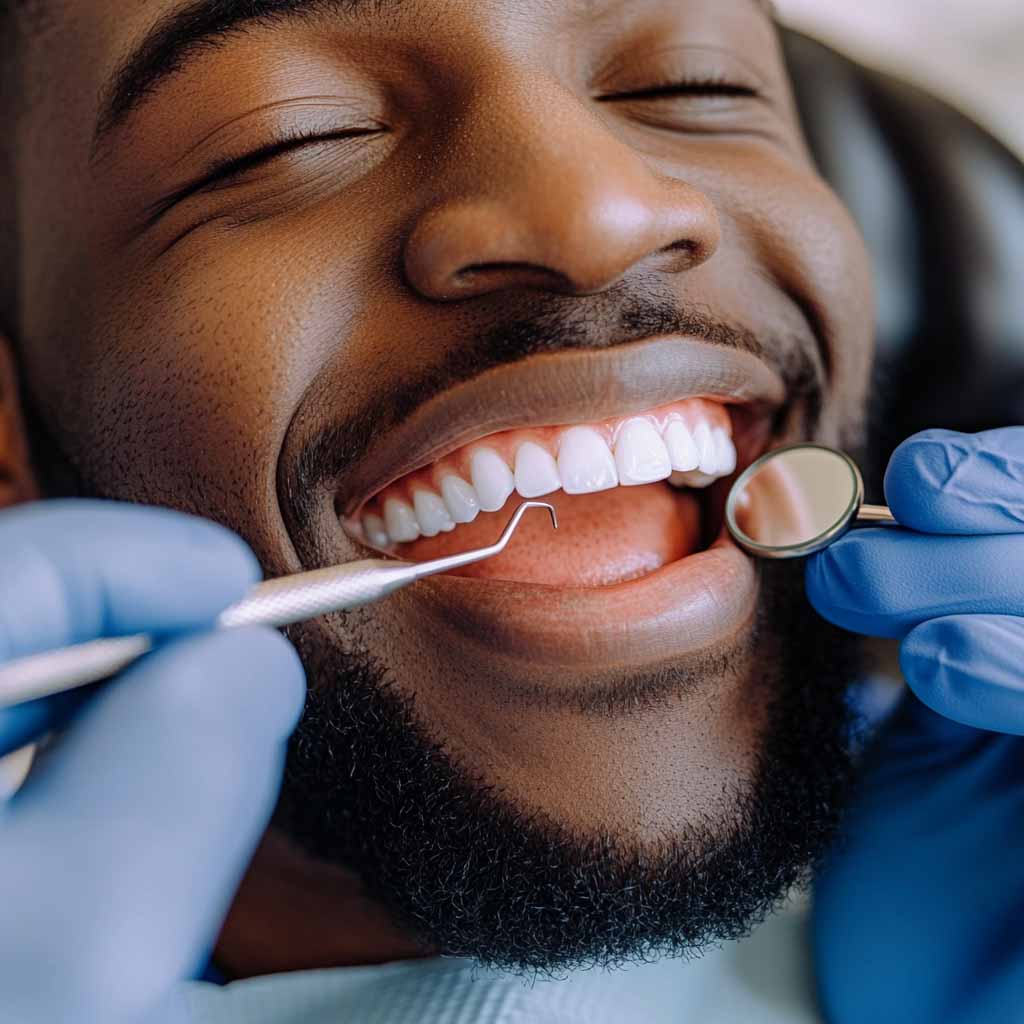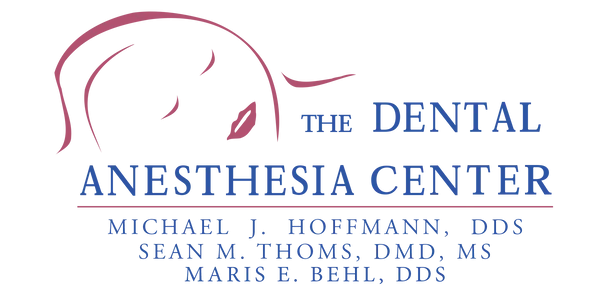Today’s patients benefit from numerous improvements in technology and patient care approaches.
Dentistry, like many other fields, has evolved significantly over the last few decades. Looking back on dentistry in the 1990s, it’s easy to see that while dental care was still effective, it came with certain hidden costs—costs that today’s dental advancements help mitigate or eliminate.
For patients seeking the highest quality of care, understanding these differences can highlight why modern dentistry offers more significant benefits in terms of your health and your wallet.

1. Higher Risk of Dental Anxiety and Discomfort
In the 90s, anesthesia options and sedation techniques were not as advanced as they are today. Patients often experienced more anxiety and discomfort before, during, and after procedures. Sedation options were limited, which often led patients to delay or avoid treatment altogether. Fast forward to today, and we have a range of safe, effective sedation methods designed to keep you calm and comfortable, especially for those with dental anxiety or specific needs, such as pediatric or special-needs dentistry.
- Modern Advantage: Advanced sedation options, from mild nitrous oxide to deep sedation, meaning patients can undergo procedures with little to no discomfort, promoting better oral health by encouraging more people to seek timely care.
2. Outdated Equipment and Technology
The 90s were a time of slow-paced technological advancement in dentistry compared to today. X-rays were less sophisticated, involving more radiation exposure and longer wait times. The lack of digital imaging also made diagnosing and planning treatments more challenging. Dentists can provide faster, safer, and more precise treatments with today’s innovations, such as digital X-rays, intraoral cameras, and 3D imaging.
- Modern Advantage: Reduced radiation exposure, quicker diagnostic processes, and more accurate treatment plans help prevent small dental issues from escalating into costly complications.
3. Prolonged Treatment Times
Dentistry in the 90s required more chair time for patients. Procedures were often lengthy, with fewer options for same-day restorations or efficient appointments. Dental materials were not as durable, meaning patients would likely need replacements for fillings, crowns, and bridges over time. Today, improvements in materials and techniques allow for faster, more durable solutions.
- Modern Advantage: Reduced time spent in the chair with longer-lasting results means fewer return visits and a better patient experience.
4. Hidden Financial Costs
Without modern treatment options and technologies, patients in the 90s often faced hidden financial costs. The need for frequent replacements or extensive treatments, resulting from delayed care or suboptimal materials, added up over time. Furthermore, without clear preventive guidance, patients faced higher risks of major dental issues that were both painful and costly.
- Modern Advantage: Preventive care, early intervention, and high-quality, long-lasting materials used today reduce long-term costs for patients. Comprehensive insurance and payment options also make dental care more accessible and affordable.
5. Limited Focus on Special-Needs Dentistry
Specialized care for patients with disabilities or other special needs was not widely available in the 90s. Today, dental practices like The Dental Anesthesia Center provide customized care to patients with unique requirements, including those with sensory issues, physical disabilities, or complex health concerns. This shift toward inclusivity ensures everyone has access to quality dental care, regardless of their needs.
- Modern Advantage: Inclusive, specialized care for all patients ensures comfort, accessibility, and respect for individual needs, reinforcing the importance of regular dental visits for everyone.
6. Environmental and Health Concerns with Amalgam Fillings
In the 1990s, widespread use of amalgam (silver) fillings, which contain mercury, was seen. While considered safe at the time, concerns grew over mercury’s potential health and environmental impact. Today, safer and more aesthetically pleasing options, like composite fillings, match the natural color of teeth and don’t contain mercury.
- Modern Advantage: Mercury-free, tooth-colored fillings that are safer for you and the environment also improve your smile’s appearance.
How The Dental Anesthesia Center Embraces Modern Dentistry
At The Dental Anesthesia Center, we leverage the best of modern technology and techniques to provide you with high-quality care in a comfortable and inclusive environment. Whether you require sedation dentistry, special needs care, or advanced cosmetic solutions, our team is dedicated to making every experience as pleasant and efficient as possible.
